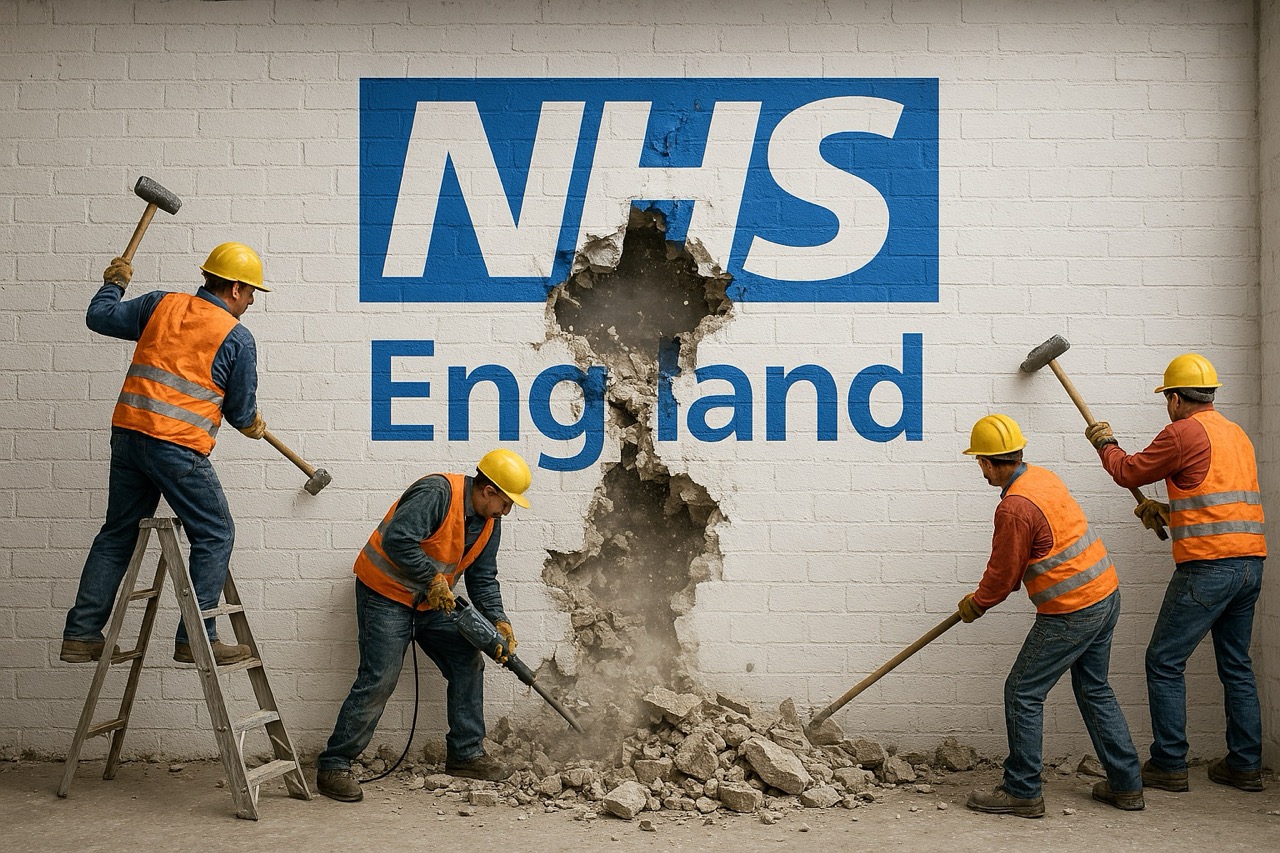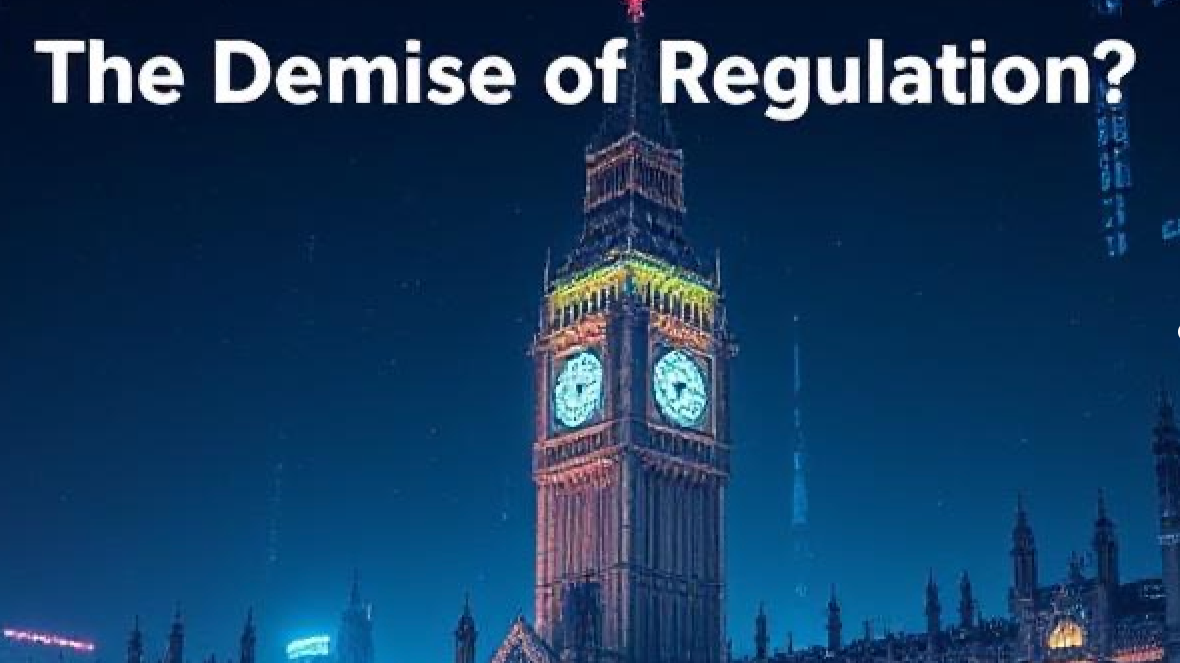

Yesterday morning, the Prime Minister blindsided most of Westminster and Whitehall when he announced plans to abolish NHS England (NHSE) as part of wider efforts to cut bureaucracy and streamline government.
This is undeniably a watershed moment for the NHS, with decision-making powers shifting back to the Department of Health and Social Care (DHSC) over a 24-month transition period, beginning immediately.
NHSE is an arms-length body created in Conservative-era reform by then-Health Secretary of State, Andrew Lansley, in a bid to eliminate political meddling in day-to-day NHS processes, enable NHS independence and autonomy, and insert an internal market. Lansley’s vision would ultimately prove so controversial and complex that he himself was removed as Health Secretary before it came into statute. Sir Simon Stevens, former NHSE CEO, largely ignored and bypassed much of the reforms – apart from enjoying the operational independence of NHSE – and created the patchwork of Integrated Care Systems (ICS’) we see today.
The announcement, whilst a shock (the majority of NHSE staff found out on the news with the rest of the nation!) has not come out of nowhere. In reality, there have been quiet but not insignificant questions around the efficacy of NHSE circulating for years in policy circles, with the think tank Reform calling for its abolition last year, and even previous Conservative Health Minister Lord Bethell tweeting ‘I wish we’d had the guts to do this’. Critics widely agree that the NHSE system is duplicative, costly, and overly bureaucratic, both mirroring and reducing the powers of the DHSC.
But what does this mean in reality?
In laying out their vision yesterday, Starmer and Streeting announced three major impacts of this most significant NHS announcement in a decade:
The centralisation of decision-making:
After Conservative-era reforms gave NHSE operational independence, executive decision-making and oversight will now shift back to DHSC, with the intention of streamlining processes and slashing overly complex bureaucracy. However, experts warn against swapping Whitehall bureaucracy for too much political involvement in day-to-day NHS processes.
Slashing the workforce:
One of the most visibly congested parts of the NHSE/DHSC overlap was role duplication, often leading to unnecessary complication of processes which slowed developments and created operational blockages. The Government intends to reduce the combined workforce – of 13,500 NHSE and 3,000 DHSC employees – by 50%, with the aim of saving hundreds of millions of pounds annually to then be directed to frontline care.
More local autonomy:
Described by Streeting as ‘freeing’ local NHS leaders, this reform will place more power into their hands via reduced reporting requirements and increased influence. It is evident that this aligns with the Government’s UK-wide growth mission, with leaders investing in care and technology specific to their regional need.
Why this, why now?
Fundamentally, this reform will mean central Government will have the power needed to implement their ‘Plan for Change’ – to transform care from hospital to community, from treatment to prevention, and from analogue to digital. A significant part of these changes relies on creating an NHS that is responsive and agile, bolstering the UK as an attractive market for medical investment whilst also accelerating processes to get technology and treatment to the frontline, faster. In Streeting’s Parliamentary address yesterday afternoon, he spelled out how eliminating NHSE will simplify the complex maze of DHSC, NHSE, ICSs, Trusts, providers, and the frontline, and ultimately have a system of ‘fewer checkers, and more doers’ that will be easier to navigate for innovators, industry and patients alike.
The Prime Minister pointed to the independent Darzi Review, published in August 2024, and the Hewitt Review, published in April 2023, as the key drivers of the decision. Both reviews found the Lansley reforms were the root of the DHSC/NHSE tensions and of operational NHS failures, respectively. However, the catalyst to this week’s announcement remains unclear – though, hazarding a guess, the departure of NHSE’s CEO, CFO, COO and two National Medical Directors last week may have expedited the decision!
Although disruptive, this long list of top-level departures does give Streeting a clean slate to deliver his monumental reform. The transition will be led by Sir James Mackey, who is filling the role of Transition CEO of NHSE that was previously held by Amanda Pritchard, before her departure announcement earlier this month. Sir Jim has a reputation across Government and beyond for ‘getting the job done’, regardless of challenges – which undoubtedly will be vital in order to avoid the major damages caused by long-term obstructions in implementation processes.
The hard work starts now
This announcement only marks the beginning of a seismic shift in NHS operation. There is broad consensus across policy think thanks that it is vital for the Government to refrain from becoming distracted by this period of structural reorganisation and to learn from the failings of the 2012 Act that left the health sector without real national or regional strategic direction. This makes the forthcoming NHS 10-Year Plan, which is expected to be published in May 2025, an even more important document. The Plan now must not only lay out the aims of this Labour government but also make this seismic restructuring ‘worth it’ by translating its promises into tangible improvements in frontline care on a reduced workforce.
The level at which the Plan recognises and critically engages with this new post-Lansley context will set the precedent for future legislation, hugely impacting the implementation of Labour’s three key shifts on the ground. Ultimately, whilst the abolition of NHSE is a radical reform, only what comes next has the power to determine the outcome of this government in fixing a ‘broken but not beaten NHS’ by the end of this Parliament.
Image credit: https://www.rcn.org.uk/news-and-events/news/uk-abolishing-nhs-england-130325




